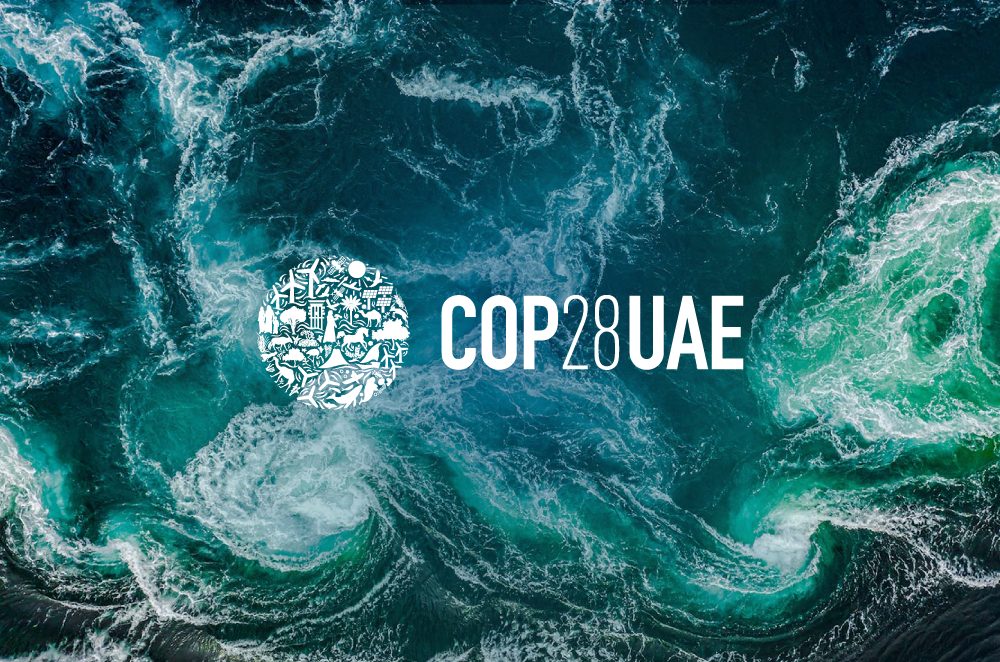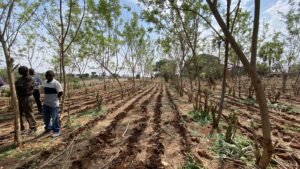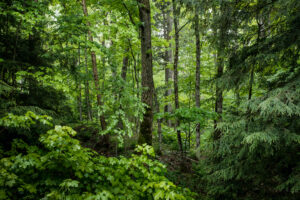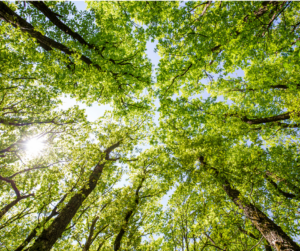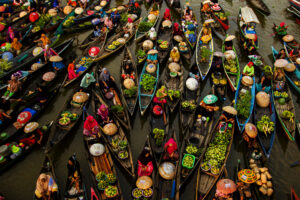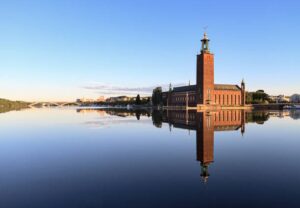“We can unlock a range of co-benefits for forests and water”
“At COP, I am bringing water to other Pavilions and decision makers. I advocate for mainstreaming the forest-water nexus into climate solutions, policies, and plans.”
Could you tell us a little bit more about the tool?
Many forests are degraded and in need of restoration. There are massive investments going into restoration initiatives all over the world. Most of these initiatives do not consider water sufficiently. Because of that, we fear that a lot of these projects will not be as impactful as they could be.
There are examples of projects that face significant problems after planting too many trees or tree species that are water demanding in a water scarce area. This can, for example, threaten the survival of the seedlings and negatively affect water accessibility downstream. Questions such as how a restoration project will affect the water cycle or how much water different seedlings will require to grow and how much water will be available to the seedlings are key, both to help the project succeed and to avoid unintended consequences.
We are giving decision makers and restoration managers a manual to guide their restoration initiatives in the face of the climate and water crises. The W-FLR Tool is designed as a complement to existing tools for local or national restoration initiatives to factor water into the planning process.
What is the connection between climate change, water, and forest landscapes?
Forests are well known for their climate mitigation potential. To sequester carbon from the atmosphere and store the carbon that is already locked in vegetation and soil, they rely on access to clean water and a functional water cycle. It has been increasingly acknowledged that forests also have an important role to play in climate adaptation. Tree roots help water to infiltrate into the ground which helps with groundwater recharge and supports the soil in holding water, which is crucial for the adaptation to floods and droughts. Water is also essential to keeping the soil moist and fertile which enhances food production and helps reduce the risk of erosion and landslides.
There are many complex connections between forests and water. One example is that forests take up water through the soil and transpires it into the air. This way, forests help water travel far in-land. Cutting down forests in one area can therefore cause drought in another area down-wind, because the water cycle is interrupted. Water-smart FLR can directly support hydrologic functioning but is also essential for the trees and the ecosystems to survive. With the right strategies in place, we can unlock a range of co-benefits for forests and water in the face of climate change.
“There are many complex connections between forests and water. One example is that forests take up water through the soil and transpires it into the air.”
Follow SIWI to COP28
Join SIWI in a range of events, onsite and online, as we highlight water’s role in effectively addressing climate change. We are also the leading organizer of the Water for Climate Pavilion, where much of the water-related events will take place.
More about SIWI at COP